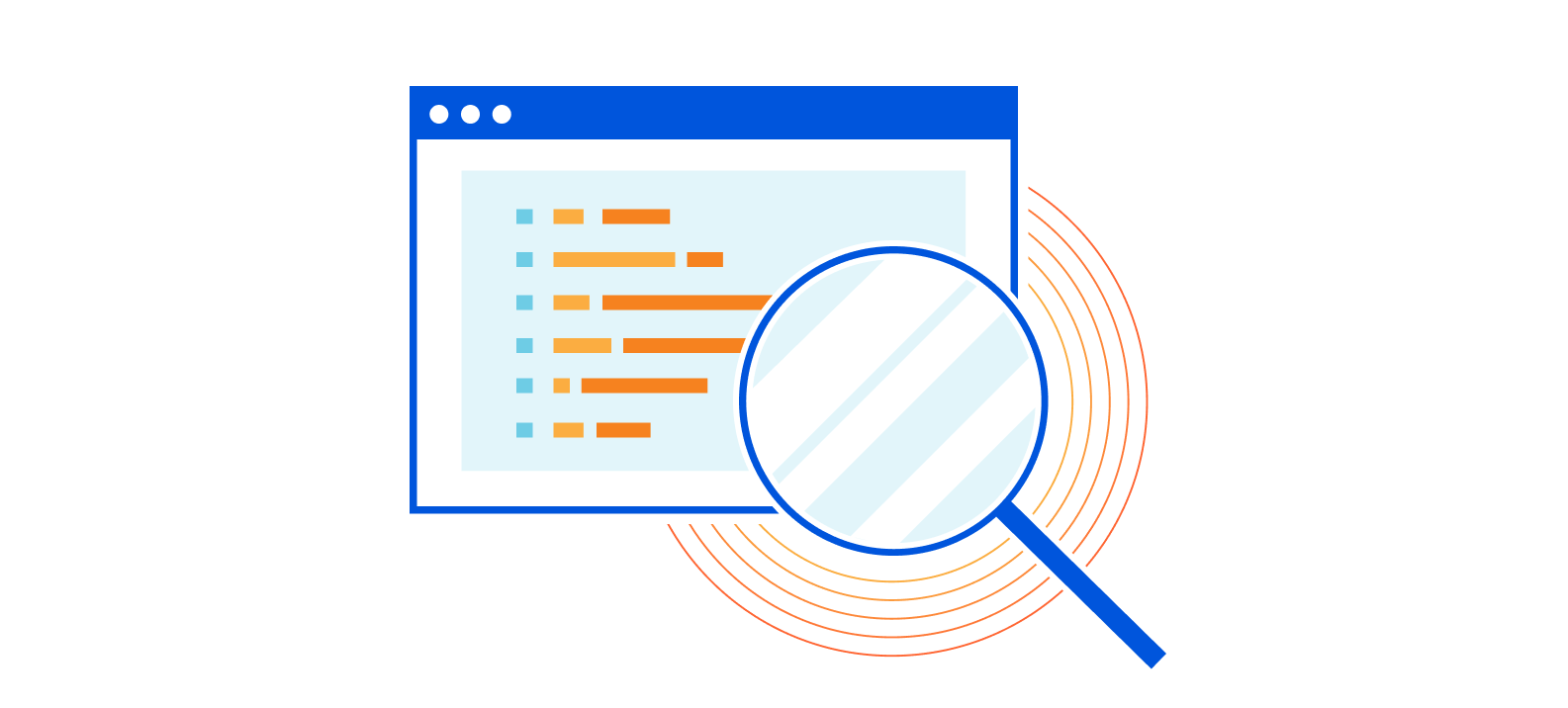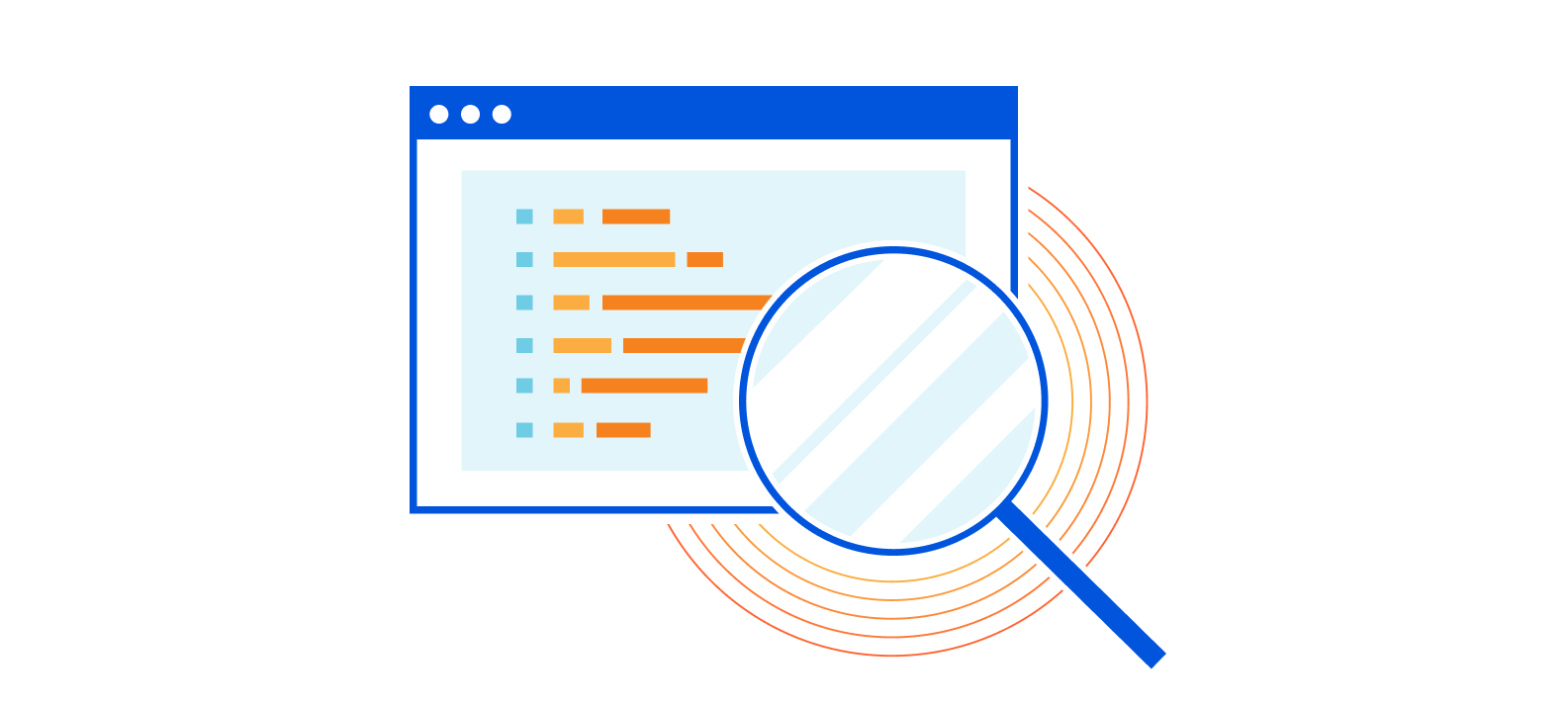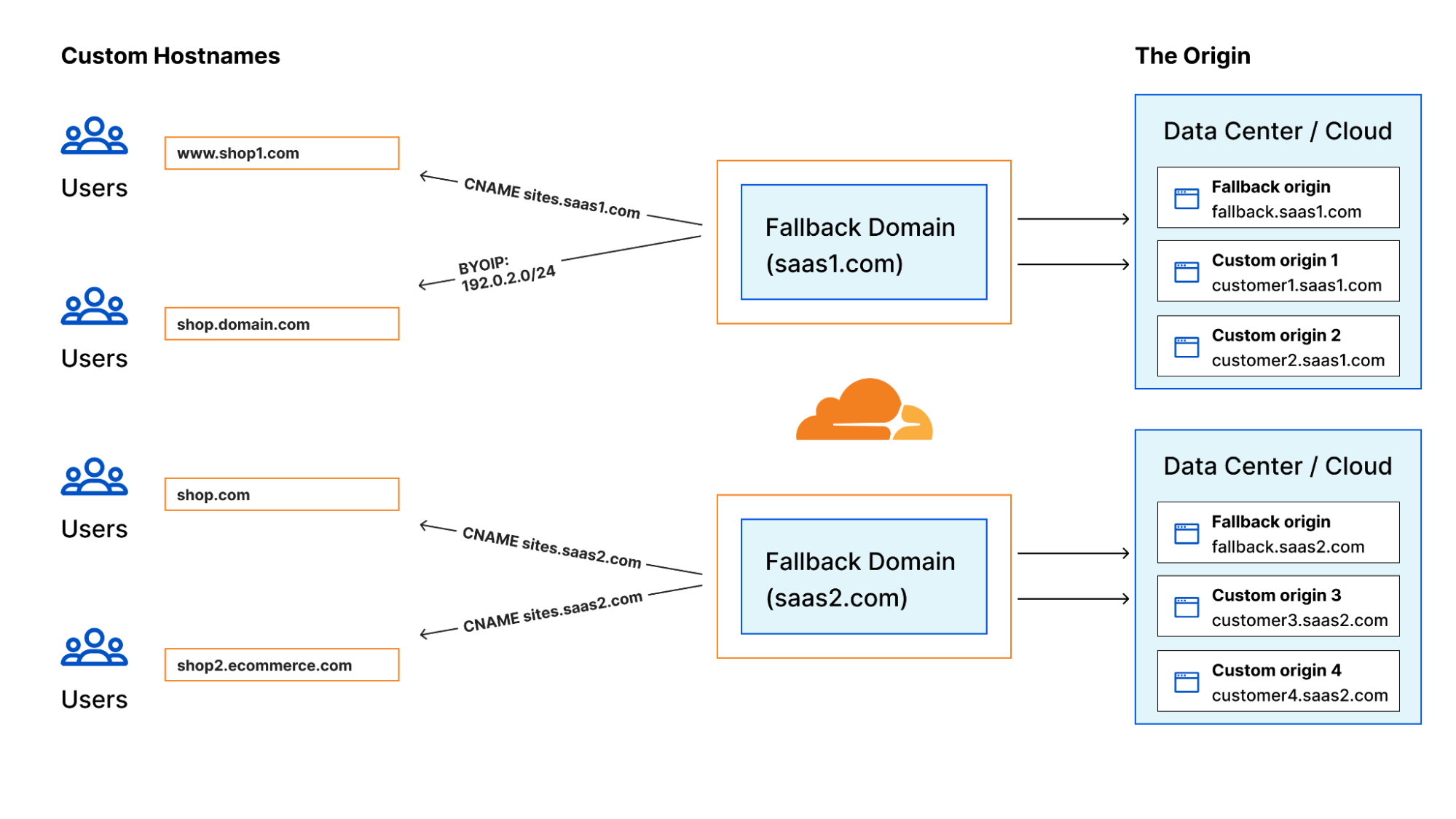DDoS detection with advanced real-time flow analytics
The diagram shows two high bandwidth flows of traffic to the Customer Network, the first (shown in blue) is a bulk transfer of data to a big data application, and the second (shown in red) is a distributed denial of service (DDoS) attack in which large numbers of compromised hosts attempt to flood the link connecting the Customer Network to the upstream Transit Provider. Industry standard sFlow telemetry from the customer router streams to an instance of the sFlow-RT real-time analytics engine which is programmed to detect (and mitigate) the DDoS attack.This article builds on the Docker testbed to demonstrate how advanced flow analytics can be used to separate the two types of traffic and detect the DDoS attack.
docker run --rm -d -e "COLLECTOR=host.docker.internal" -e "SAMPLING=100" \First, start a Host sFlow agent using the pre-built sflow/host-sflow image to generate the sFlow telemetry that would stream from the switches and routers in a production deployment.
--net=host -v /var/run/docker.sock:/var/run/docker.sock:ro \
--name=host-sflow sflow/host-sflow
setFlow('ddos_amplification', {
keys:'ipdestination,udpsourceport',
value: 'frames',
values: ['count:ipsource']
});
setThreshold('ddos_amplification', {
metric:'ddos_amplification',
value: 10000,
byFlow:true,
timeout: 2
});
setEventHandler(function(event) {
var [ipdestination,udpsourceport] = event.flowKey.split(',');
var [sourcecount] = event.values;
Continue reading




